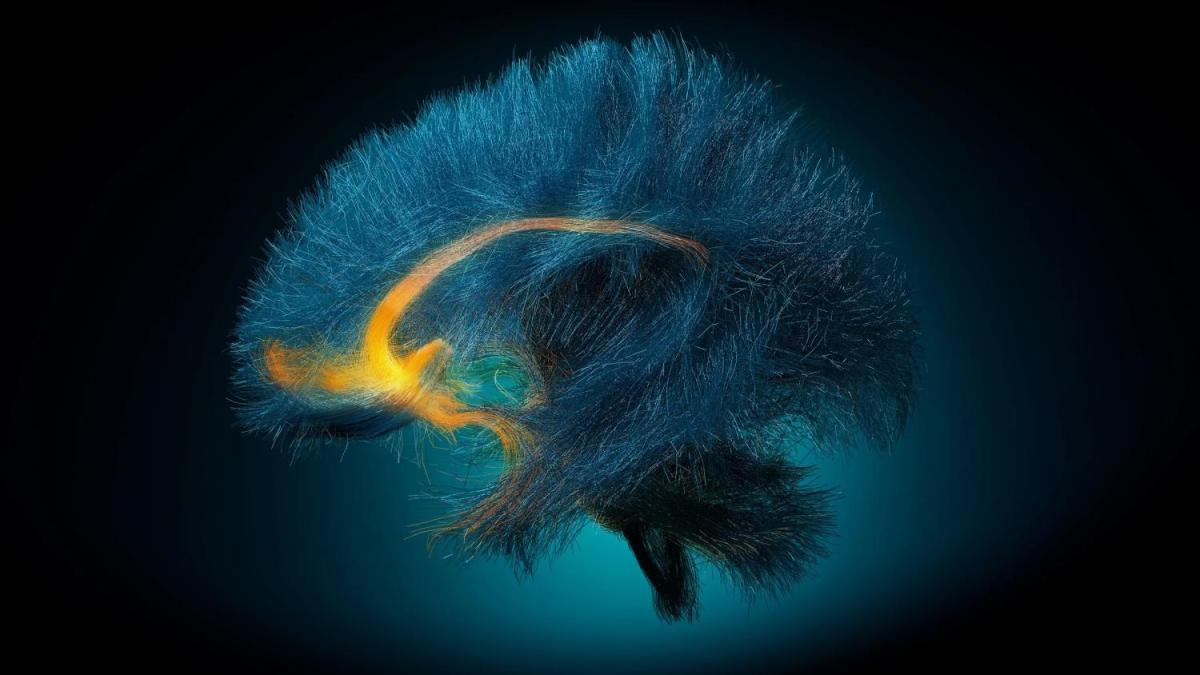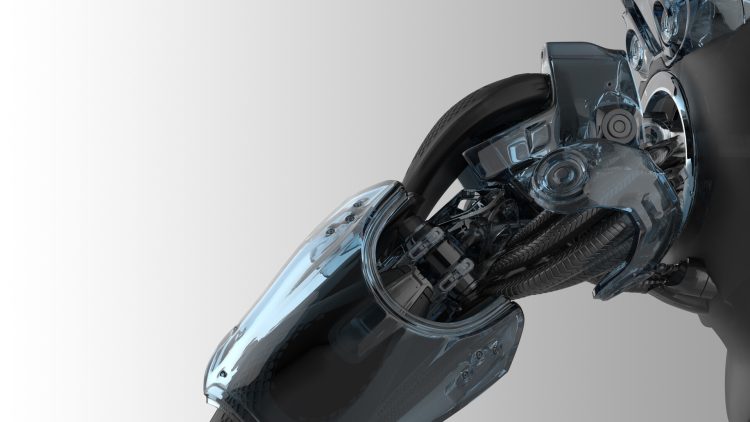Introduction
The rapid advancements in bionic enhancements are creating unprecedented opportunities in the fields of medicine, technology, and human performance. From prosthetics that offer greater mobility to neural interfaces that could one day augment the human brain, these technologies are blurring the lines between biology and machines. As humanity continues to develop increasingly sophisticated bionic technologies, one critical question emerges: How do these enhancements shape the essence of human identity?
This question is not merely philosophical—it has practical, ethical, and social implications that will define the trajectory of our species. In this article, we will explore the interplay between bionic enhancements and human identity, examining how these technologies challenge the notions of body, mind, and self.
Understanding Bionic Enhancements
Bionic enhancements are technologies designed to replace or augment the natural capabilities of the human body. The term “bionic” comes from “biological” and “electronic,” referring to systems that combine biological and technological elements to restore or enhance human function.
Categories of Bionic Enhancements
- Prosthetics: Devices that replace lost limbs or organs, like bionic arms or legs, are among the most common bionic enhancements. These prosthetics have evolved from basic, mechanical tools to complex, highly functional devices that can mimic natural movement and even respond to the brain’s electrical signals.
- Neural Implants: Devices that interface directly with the brain to enhance cognitive functions, restore memory, or treat neurological disorders. For instance, brain-computer interfaces (BCIs) are designed to improve communication for individuals with paralysis.
- Exoskeletons: These wearable robotic suits are designed to augment physical strength and endurance, often used in rehabilitation or to assist those with physical disabilities in regaining mobility.
- Sensory Augmentation: Technologies such as bionic eyes and cochlear implants fall under this category. These devices aim to restore or enhance lost senses, such as vision or hearing, providing a more enhanced experience of the world.

The Current State of Bionic Technology
While bionic enhancements have made remarkable progress, the technology is still in its infancy. Prosthetics have advanced in ways that allow for intricate control, but the seamless integration between the human body and machine remains a challenge. For example, while brain-controlled prosthetics can now offer sophisticated levels of movement, there are still limitations in terms of durability, cost, and the range of capabilities.
However, the integration of artificial intelligence (AI) and machine learning with bionic devices is accelerating, offering the possibility of increasingly autonomous and adaptive enhancements. In the near future, bionic enhancements might become more seamlessly integrated into our lives, transforming the way we interact with our bodies and the world.
Impact on Human Identity: The Psychological and Social Dimensions
1. The Changing Concept of the Body
One of the most profound ways bionic enhancements impact human identity is by redefining the concept of the body itself. Traditionally, our bodies have been seen as static and finite, governed by biology. However, as bionic enhancements become more prevalent, they challenge this notion by suggesting that the body is not merely a biological entity but also a malleable and technologically augmentable one.
Consider the example of prosthetics. A person who has lost a limb may choose to replace it with a bionic limb that restores some, if not all, of the functions of the original. As the bionic limb becomes an extension of the individual’s body, the person’s identity—rooted in the assumption of a natural, biological body—undergoes a transformation. Is the individual still “themselves” with a bionic limb? If so, does the same hold true for other bionic enhancements?
This brings us to the concept of the cyborg—a term used to describe beings that are part biological and part technological. The question arises: when does a person become a cyborg? Are we still human when our biology is complemented, or even superseded, by advanced technology?
2. The Question of Authenticity
The idea of authenticity is central to the debate on bionic enhancements. When someone adds an artificial component to their body, they may question whether their experience is still “authentic.” For instance, is a person with a bionic eye experiencing true vision, or are they perceiving a technological simulation of sight?
In the case of mental enhancements, such as neural implants that augment memory or cognitive abilities, the question becomes even more pressing. If one’s memories, thoughts, and ideas are enhanced or modified through artificial means, how much of their identity remains “authentic”? Does an enhanced mind still belong to the original person, or does it become something else entirely?
3. The Impact on Social Identity and Equality
Bionic enhancements have the potential to alter not just individual identity but also social dynamics. In societies where access to advanced technologies is not equal, these enhancements could lead to greater disparity between those who can afford them and those who cannot. This divide could create new forms of social hierarchy, with those possessing bionic enhancements gaining an edge in areas like employment, physical ability, or cognitive prowess.
Moreover, the use of bionic technologies to enhance human capabilities may challenge traditional notions of equality. If some individuals are able to “upgrade” their bodies and minds, will those who choose not to do so or who cannot afford it be marginalized? The very concept of “normal” could become fluid, with each individual potentially having a body or mind that is optimized for different functions or purposes.
Philosophical Implications of Bionic Enhancements
Bionic enhancements push the boundaries of what it means to be human. Philosophers have long debated the nature of human identity and the mind-body relationship. With the advent of bionic technologies, these debates are taking on new relevance.
1. Mind-Body Dualism vs. Mind-Body Integration
Philosophers have long debated the relationship between the mind and the body. René Descartes famously posited that the mind and body are separate entities—a perspective known as mind-body dualism. According to this view, the mind is distinct from the physical body, and it is the true source of identity.
Bionic enhancements, however, challenge this separation. If the body is enhanced with technology, does that change the nature of the mind? Does the addition of a bionic limb alter the way we think about ourselves? As our bodies become more integrated with machines, it becomes increasingly difficult to separate mind from body.
2. The Extended Mind Theory
One philosophical perspective that aligns with bionic enhancements is the extended mind theory. This theory, proposed by philosophers Andy Clark and David Chalmers, suggests that the mind extends beyond the brain and into the environment. Under this theory, tools and technologies—like a bionic limb or a neural implant—could be considered extensions of the mind itself, shaping our identity and cognitive abilities in profound ways.
For instance, a person who uses a bionic prosthetic arm might view the arm not as a separate entity, but as part of their extended self. The arm is not merely a tool they use; it is an integrated part of who they are, enhancing their sense of identity and agency.
Ethical Considerations of Bionic Enhancements

The development of bionic enhancements raises numerous ethical questions. As with any technology, the use of bionics comes with risks and challenges that must be addressed carefully.
1. Autonomy and Consent
In many cases, bionic enhancements require surgical implantation or the integration of advanced technologies into the body. This brings up important questions regarding autonomy and consent. If someone undergoes an enhancement, do they fully understand the consequences and potential risks? What happens if an enhancement is involuntary, such as in the case of military or governmental use of bionic technology for soldiers or citizens?
The ethics of consent also come into play when considering enhancements that affect cognitive or emotional states. If a neural implant could alter an individual’s perception of reality or sense of self, would they truly be in control of their own identity?
2. The Potential for “Bionic Bias”
As bionic technologies become more widespread, there is the potential for social bias based on who has access to these enhancements. People who are disabled or elderly may be encouraged, or even pressured, to enhance themselves to remain competitive in society. Those who choose not to undergo enhancements may face discrimination, as society increasingly values enhanced abilities.
Additionally, there is the possibility that bionic enhancements could be used for less altruistic purposes, such as creating “superhumans” with enhanced intelligence, strength, or speed. This raises concerns about the future of human diversity and the potential for eugenic practices where only certain traits are considered valuable.
Conclusion: Reimagining Human Identity in the Age of Bionics
As bionic enhancements evolve, they will undoubtedly continue to challenge our understanding of what it means to be human. These technologies offer incredible opportunities to restore lost abilities, enhance physical and cognitive performance, and even redefine the very concept of human potential.
However, the integration of machines into the human body also presents complex ethical, psychological, and philosophical challenges. It raises questions about authenticity, equality, autonomy, and the very nature of identity itself.
The future of bionics holds immense promise, but it is crucial that we engage with these technologies thoughtfully and carefully, ensuring that they enhance our humanity rather than detract from it.











































